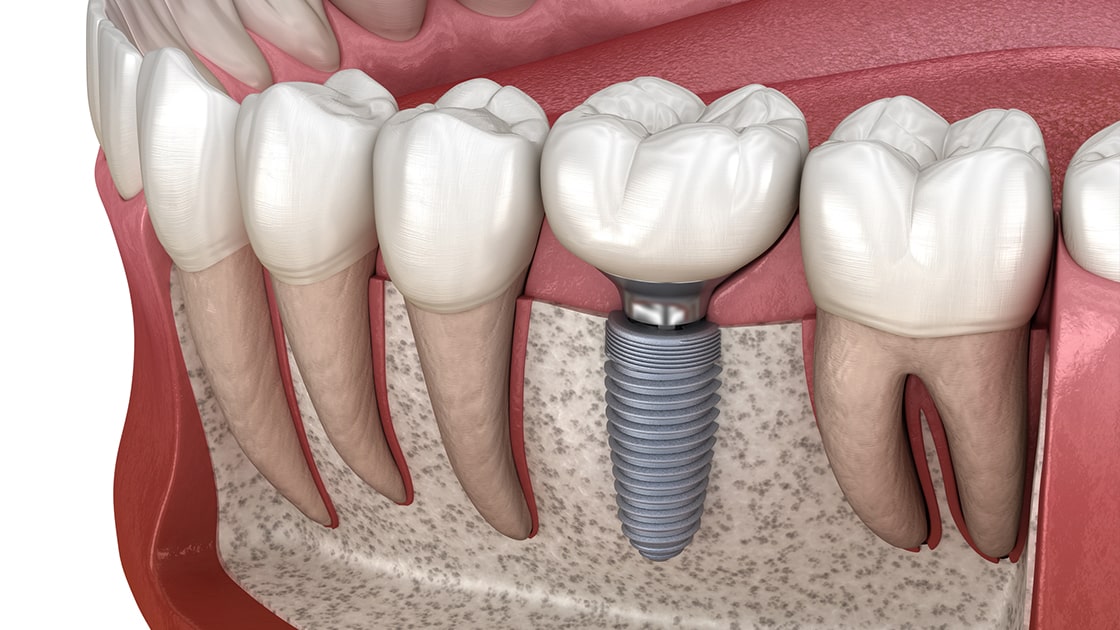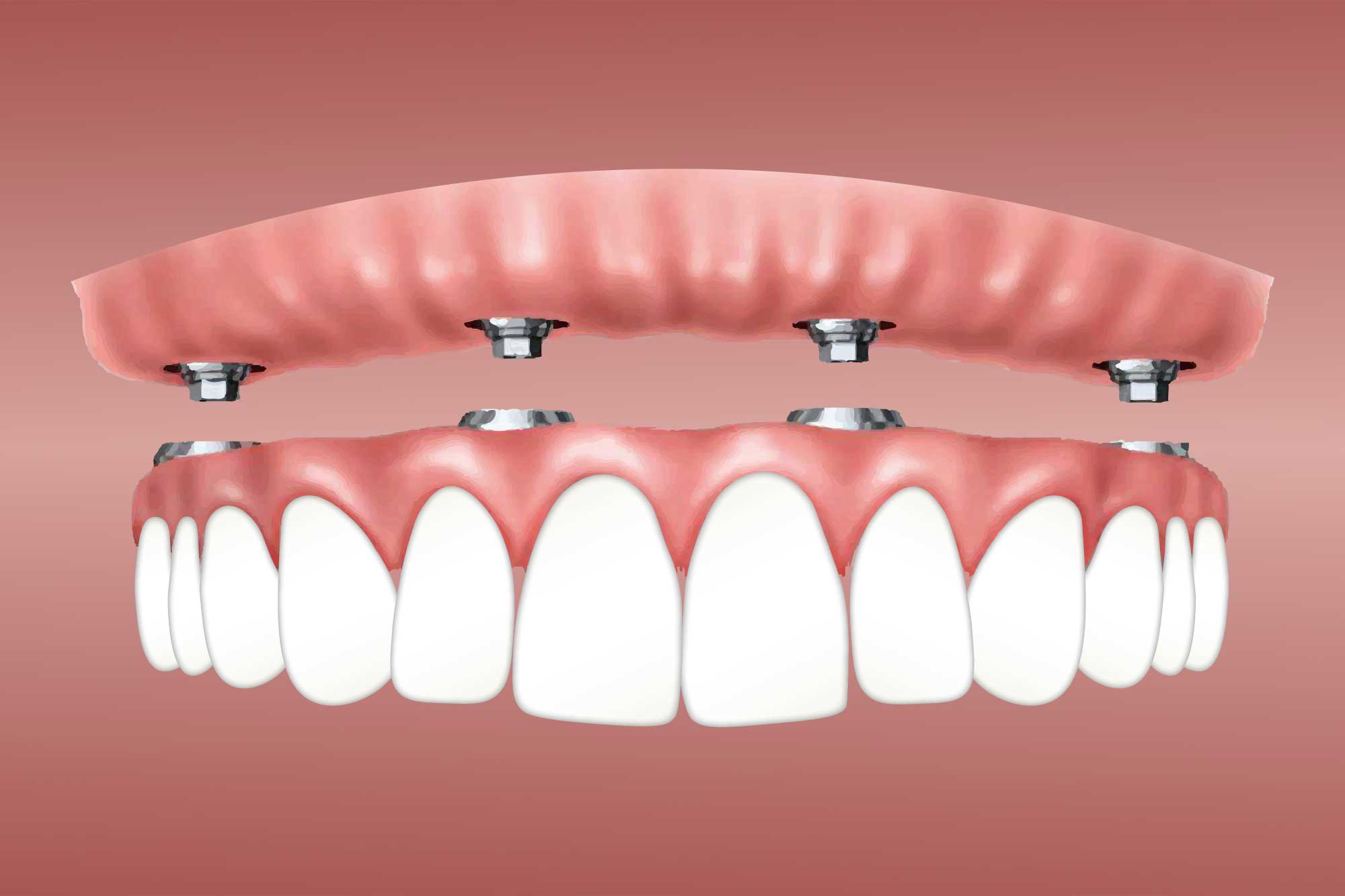Implant Dental Norton Shores MI - Dental Implants - Conditions & Treatments
Implant Dental Norton Shores MI - Dental Implants - Conditions & Treatments
Blog Article
Dental Implant Walker MI - Dental Implants for Multiple Missing Teeth
The journey towards dental implants begins with a radical assessment of the jawbone's condition. When there could be insufficient bone density to assist an implant, bone grafting becomes a vital process to recreate a secure foundation. click this site Understanding how much bone grafting is required for dental implants significantly influences the therapy plan, timeline, and overall success This Site rate.
The quantity of bone grafting required is determined by multiple factors, together with the extent of bone loss, the implant's dimension, and the precise location throughout the mouth. In cases of serious bone loss because of periodontal illnesses, trauma, or extended tooth loss, more extensive grafting may be necessary. Conversely, if the bone loss is minimal, a smaller graft might suffice.
Dental Implant Dentures Grandville MI - Frequently Asked Questions
The evaluation process usually entails imaging research similar to X-rays or 3D scans, allowing the dental professional to visualize the bone structure (Dental Implant Dentures Grand Rapids MI). These photographs help in determining the standard and quantity of current bone. If the bone is deemed insufficient, the dentist will then define the suitable grafting procedures
Grafting could be sourced from various areas. Autografts, which involve harvesting bone from the affected person's personal physique, are often deemed the gold commonplace. These supply excellent integration with the present bone but include the disadvantage of further surgery. Other choices include allografts, which use donor bone, and synthetic materials designed to mimic natural bone. Each possibility has its own implications on healing and success charges.
After determining the necessary quantity of bone grafting, the dental skilled will create a tailored plan for the patient. This plan may include the timing of bone grafting in relation to the implant placement. In some cases, a graft could be performed simultaneously with the implant surgery. Alternatively, in additional difficult situations, a separate therapeutic period is indicated.
Healing timelines differ primarily based on the person's health, the extent of grafting, and the sort of graft used. Generally, the therapeutic of a bone graft takes several months before an implant may be positioned. During this time, bone regeneration occurs, leading to a stable base for the implant.
Dental Implant Dentures Muskegon Heights MI - Dental Implants - Oral and Maxillofacial Surgery
Patients often wonder concerning the risks associated with bone grafting. While problems corresponding to infection or graft failure are possible, these events are comparatively rare. Adhering to post-operative care directions and attending follow-up appointments minimize risks and promote healing.
Once the bone has adequately healed, the dentist assesses the graft's success by evaluating the bone density and stability. If every little thing appears favorable, the following steps towards placing the dental implant can commence. The success of this next step largely hinges on the quality of the bone graft and its integration with the encompassing bone.
Cost issues play an essential function within the decision-making process. The expense of bone grafting varies based on materials used, the complexity of the case, and geographic location. It is essential for sufferers to discuss funds upfront to keep away from unexpected bills later in the therapy.
Affordable Dental Implants Near Me Grand Haven MI - Affordable Dental Implants
Also, sufferers should have sensible expectations concerning the timeline and outcomes. Many factors can influence how a lot bone grafting is needed and its total effectiveness. A collaborative method involving the patient and the dental team not solely ensures clarity but in addition enhances the probabilities of a successful end result.

Maintaining good oral hygiene and common dental visits following the process is important. These practices can prevent problems and make positive that both the graft and the implant remain stable over time. The ongoing relationship with a dental professional is crucial, especially in the months following the procedures.
In conclusion, understanding how a lot bone grafting is required for dental implants encompasses a multi-faceted strategy that considers bone quality, grafting varieties, healing time, and overall affected person health. The steadiness between attaining the specified aesthetic and practical outcomes while minimizing risks and complications is on the heart of dental implant procedures. The journey could also be extensive, however a well-planned approach maximizes the chances for a profitable, long-lasting result in restorative dental work.
- Determining the amount of bone grafting required for dental implants usually hinges on the initial bone density and quantity of the affected person's jawbone.
- Each patient's case is exclusive; factors corresponding to earlier extractions, periodontal disease, or trauma can affect the need for grafting.
- A 3D imaging scan is usually conducted to evaluate the exact dimensions of the obtainable bone and inform the grafting strategy.
- The sort of dental implant placement—immediate or delayed—may dictate the quantity of bone grafting needed for stability and integration.
- Different types of graft materials, such as autografts, allografts, or artificial choices, can impact how a lot grafting materials is needed.
- Assessing the patient's total health, age, and lifestyle habits can have an result on the healing process, influencing graft quantity requirements.
- The depth and placement of the implant can necessitate various amounts of graft material to secure optimal outcomes.
- Successful integration of the dental implant often depends on enough bone density, leading to a tailor-made grafting strategy for each particular person.
- Consultation with an oral surgeon will provide a clearer estimate of the bone grafting needed primarily based on comprehensive evaluations and imaging outcomes.
- Post-grafting healing time varies; thus, a cautious evaluation is crucial to determine the final amount of grafting required for profitable implantation.undefinedHow much bone grafting is required for dental implants?
Implants Dental Implants Muskegon MI - Dental Implants - Top Oral Surgeon
What is bone grafting and why is it essential for dental implants?undefinedBone grafting is a surgical procedure that provides bone or bone-like material to the jawbone. It is necessary for dental implants when the prevailing bone is insufficient to assist the implant, guaranteeing stability and long-term success.
How do I know if I want a bone graft for dental implants?undefinedYour dentist or oral surgeon will consider your jawbone by way of x-rays or 3D imaging to determine its density and quantity. If they find that you lack sufficient bone, they'll suggest a bone graft earlier than continuing with the dental implant.
Dental Implant Dentures Holland MI - Dental Implants - Tooth Replacement
What factors affect the quantity of bone grafting needed?undefinedFactors embody the size and location of the implant website, the health and density of current bone, and individual therapeutic capability (Dental Implants Affordable Walker MI). These elements assist the dentist determine the suitable amount of graft materials needed
Are there different sorts of bone grafts used for dental implants?undefinedYes, there are several sorts, together with autografts (from your individual body), allografts (from a donor), xenografts (from animals), and artificial graft supplies. Each type has unique benefits and can be chosen based on particular person affected person wants.
Implants Dental Implants Muskegon MI - Dental Implants: What You Should Know
How long does the bone grafting process take?undefinedThe duration varies based mostly on the complexity of the grafting course of and the extent of the area treated. Generally, a bone grafting process can take anywhere from half-hour to a couple hours, depending on the precise circumstances.
What is the recovery time after a bone graft for implants?undefinedRecovery instances can differ, however sometimes, preliminary healing may take a few weeks, while complete integration of the graft with the bone can take several months. Your dentist will provide a personalised timeline based on your state of affairs.

Will I experience pain after the bone grafting procedure?undefinedSome discomfort is widespread after a bone graft, but it's typically manageable with prescribed pain treatment. Most sufferers report that pain diminishes significantly within a couple of days.
Cheap Dental Implants Muskegon MI - Dental Implants: A 5-step plan to restoring your teeth
How does bone grafting have an effect on the general dental implant timeline?undefinedBone grafting could extend the overall timeline for receiving dental implants, because it requires a therapeutic period earlier than implants can be positioned. This can add a number of months to the process however is crucial for a profitable implant placement.

Are there risks associated with bone grafting for dental implants?undefinedLike any surgical process, bone grafting carries some risks, such as infection, graft failure, or complications related to anesthesia. However, when performed by an experienced skilled, these risks are typically low.
Can I have dental implants placed immediately after a bone graft?undefinedIn many instances, dental implants cannot be placed immediately after a bone graft because of the need for the graft to integrate into the existing bone. However, some techniques, like immediate loading, could enable for this beneath specific conditions. Your provider will advise you on the most fitted choice primarily based on your circumstances.
Report this page